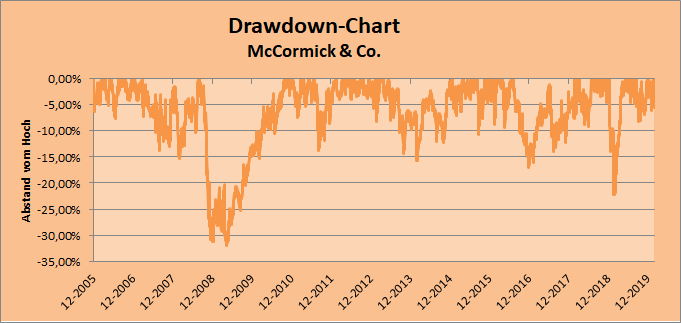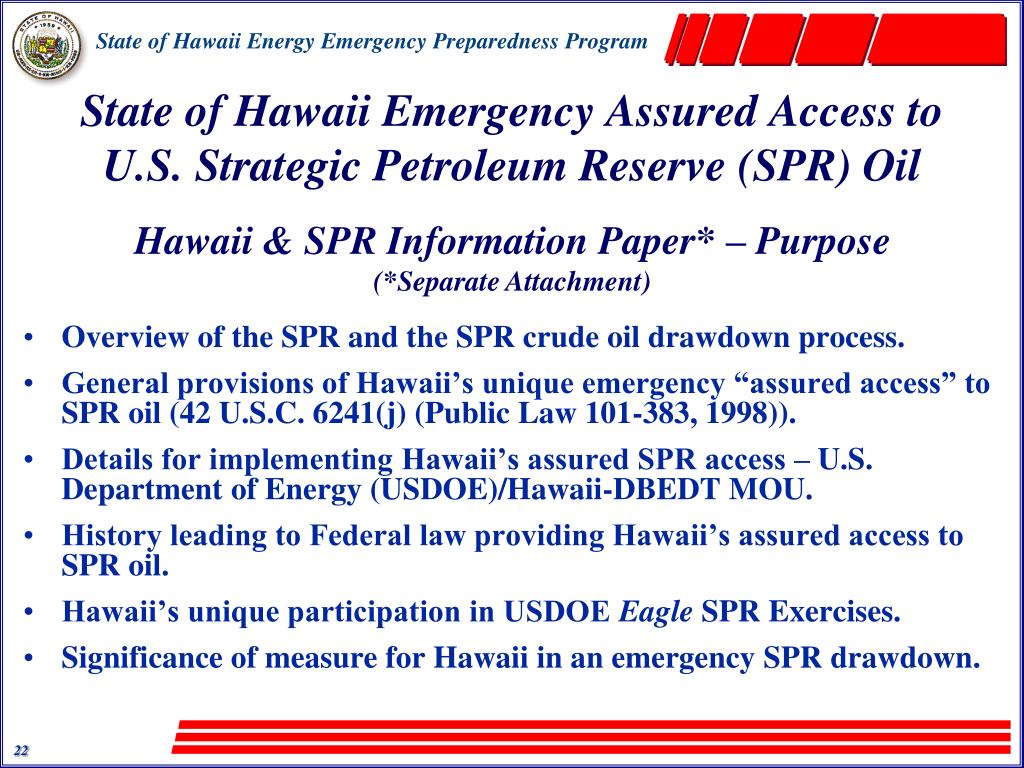

To learn more about energy, read about US energy independence or how carbon capture systems work. The president is the only person who can enact the sale of oil from the SPR under the Energy Policy and Conservation Act of 1975. This type of release occurred seven times between 2017 to 2020, generating just over $3.5 billion in revenues. It also helps to generate government revenues when the Department of Energy does not anticipate using the SPR for emergency drawbacks. Nonemergency sales occur when the SPR is used in response to lesser supply disruptions. Exchange agreements help the SPR to bolster crude oil supplies in the short-term while ensuring a repayment of petroleum to refill the reserve in the near future. Exchange agreements have occurred 12 times between 1996 to 2017, mostly to address short-term supply disruptions to US refiners’ normal operations. These releases loan crude oil to refiners, which is later repaid with additional oil provided as interest. The Secretary of Energy holds the authority to release up to five million barrels of oil through test sales.Įxchange agreements are releases from the SPR to private companies.

These test sales have also occurred three times: first in 1985, then in 1990 in preparation for Desert Storm, and most recently in 2014. They are authorized by the Department of Energy in anticipation of a potential threat to crude oil production. The 2011 emergency drawback was previously the largest release of crude from the SPR at 30.6 million barrels.Ĭrude oil test sales are done to check that the SPR and its staff are ready to release oil from the reserve if the president orders a drawdown. This type of release has occurred three times in the history of the SPR: during Operation Desert Storm in 1991, during Hurricane Katrina in 2005, and most recently in 2011 due to a loss of crude oil from Libya. The president may order a release from the SPR in the event of a disruption to US oil supplies. The SPR has four main conditions under which crude oil can be released: emergency drawdowns, crude oil test sales, exchanges agreements, and nonemergency sales.Įmergency drawdowns are the primary function of the SPR. Crude oil historically accounts for 40% to 70% of the cost of gasoline. While the release from the SPR primarily affects the price of crude oil, other factors such as taxes, marketing, transportation, and more also contribute to the price of a gallon of gas. This means that, without the release of crude oil from the SPR, gasoline prices could be anywhere between 13 to 31 cents higher per gallon.Ĭrude oil prices are just one factor influencing the price of gasoline. This report covers the period from March to July of 2022. Efforts by the Biden administration to release crude oil into international supply chains have helped mitigate the rise in gas prices this year.īetween late March when President Biden ordered the release of SPR oil, to late July when the Treasury analysis was published, gas prices across the US rose approximately 68 cents.Īccording to an analysis from the Department of the Treasury from July, the release of oil from the SPR helped lower the price of gasoline in the US by an estimated range of 13 to 31 cents per gallon.


 0 kommentar(er)
0 kommentar(er)
